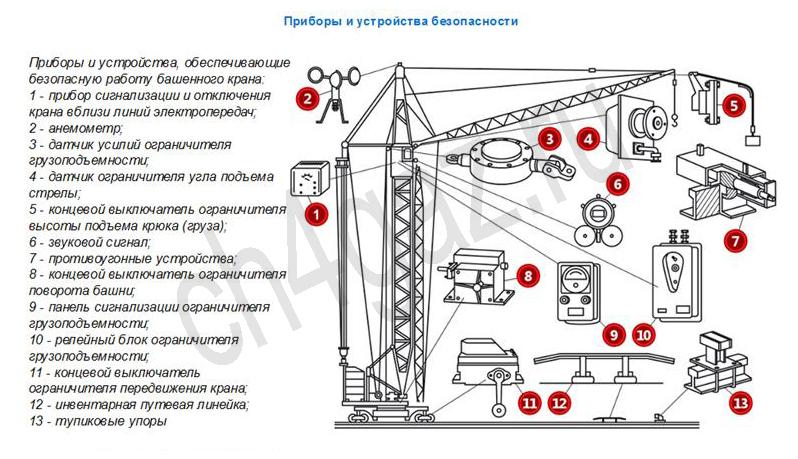
Its height is the limiter
The limiter, or limiter, is considered the king of all processors responsible for the dynamics and sound of the signal. And not because it is some kind of particularly complex or difficult to use (although it happens), but because it basically determines how our work will sound at the very end.
What is a limiter for? At first, it was used mainly on radio, and then on television, broadcasting stations, protecting transmitters from too strong a signal that could appear at its input, causing clipping, and in extreme cases even damaging the transmitter. You never know what can happen in the studio - a microphone falls, a decoration falls, a track with too high a level enters - a limiter protects against all this, which, in other words, stops the signal level at the threshold set in it and prevents its further growth.
But a limiter, or limiter in Polish, is not only a safety valve. Producers in the recording studios very quickly saw its potential in very different tasks. Nowadays, mostly in the mastering phase that we've discussed in the last dozen or so episodes, it's used to increase the perceptible volume of a mix. The result should be loud, but clean and with the natural sound of the musical material, sort of the holy grail of mastering engineers.
Compressor counter limiter
The limiter is usually the last processor that is included in the finished record. This is a kind of finishing, the final touch and a layer of varnish that gives everything shine. Today, limiters on analog components are used mostly as a special type of compressor, the limiter of which is a slightly modified version. The compressor is more careful about the signal, the level of which exceeds a certain set threshold. This allows it to grow further, but with more and more damping, the ratio of which is determined by the Ratio control. For example, a 5:1 ratio means that a signal that exceeds the compression threshold by 5 dB will only increase its output by 1 dB.
There is no Ratio control in the limiter, since this parameter is fixed and equal to ∞: 1. Therefore, in practice, no signal has the right to exceed the set threshold.
Analog compressors/limiters have another problem - they are not able to instantly respond to a signal. There is always a certain delay in operation (in the best devices it will be several tens of microseconds), which may mean that the “killer” level of sound has time to pass through such a processor.
Modern versions of classic limiters in the form of UAD plugs based on Universal Audio devices.
For this reason, digital instruments are used for this purpose in mastering and in modern broadcasting stations. They work with some delay, but in fact, ahead of schedule. This apparent contradiction can be explained as follows: the input signal is written to the buffer and appears at the output after some time, usually a few milliseconds. Therefore, the limiter will have time to analyze it and properly prepare to respond to the occurrence of an excessively high level. This feature is called lookahead, and it's what makes digital limiters act like a brick wall—hence their sometimes-used name: brick wall.
Dissolving with noise
As already mentioned, clipping is usually the last process applied to the processed signal. Sometimes done in conjunction with dithering to reduce the bit depth from the 32 bits typically used in the mastering stage to the standard 16 bits, though increasingly, especially when the material is distributed online, it ends up at 24 bits.
Dithering is nothing more than adding a very small amount of noise to a signal. Because when 24-bit material needs to be made into 16-bit material, the eight least significant bits (i.e. those responsible for the quietest sounds) are simply removed. So that this removal is not clearly audible as a distortion, random noises are introduced into the signal, which, as it were, “dissolve” the quietest sounds, making the cut of the lowest bits almost inaudible, and if already, then in very quiet passages or reverberation, this is a subtle musical noise. character.
Look under the hood
By default, most limiters work on the principle of amplifying the signal level, while at the same time suppressing the samples with the highest level at the moment by the equivalent of the gain minus the set maximum level. If you set Gain, Threshold, Input in the limiter (or any other value of the “depth” of the limiter, which is essentially the gain level of the input signal, expressed in decibels), then after subtracting from this value the level defined as Peak , Limit, Output, etc. .d. (here, too, the nomenclature is different), as a result, those signals will be suppressed, whose theoretical level would reach 0 dBFS. So a 3dB gain and -0,1dB output gives a practical attenuation of 3,1dB.
Modern digital limiters can be quite expensive, but also very effective, like the Fab-Filter Pro-L shown here. However, they can also be completely free, visually more modest, and in many cases just as effective as Thomas Mundt Loudmax.
The limiter, which is a type of compressor, only works for signals above the specified threshold - in the case above, it will be -3,1 dBFS. All samples below this value should be boosted by 3 dB, i.e. those just below the threshold will, in practice, be almost equal to the level of the loudest, attenuated sample. There will also be an even lower sample level, reaching -144 dBFS (for 24-bit material).
For this reason, the dithering process should not be performed before the final throttling process. And it is for this reason that limiters offer dithering as part of the limiting process.
Intersample life
Another element that is important not so much for the signal itself, but for its reception by the listener, are the so-called intersample levels. D/A converters, already commonly used in consumer equipment, tend to differ from one another and interpret a digital signal differently, which is largely a stepped signal. When trying to smooth out these “steps” on the analog side, it may happen that the converter interprets a certain set of consecutive samples as an AC voltage level that is higher than the nominal value of 0 dBFS. As a result, clipping may occur. It is usually too short for our ears to pick up, but if these distorted sets are numerous and frequent, it can have an audible effect on the sound. Some people use this intentionally, deliberately creating distorted inter-sample values to achieve this effect. However, this is an unfavorable phenomenon, incl. because such WAV/AIFF material, converted to lossy MP3, M4A, etc., will be even more distorted and you may lose control of the sound completely. No Limits This is just a brief introduction to what a limiter is and what role it can play - one of the most mysterious tools used in music production. Mysterious, because it strengthens and suppresses at the same time; that it shouldn't interfere with the sound, and the goal is to make it as transparent as possible, but many people tune it in such a way that it interferes. Finally, because the limiter is very simple in structure (algorithm) and at the same time can be the most complex signal processor, the complexity of which can only be compared with algorithmic reverbs.
Therefore, we will return to it in a month.
